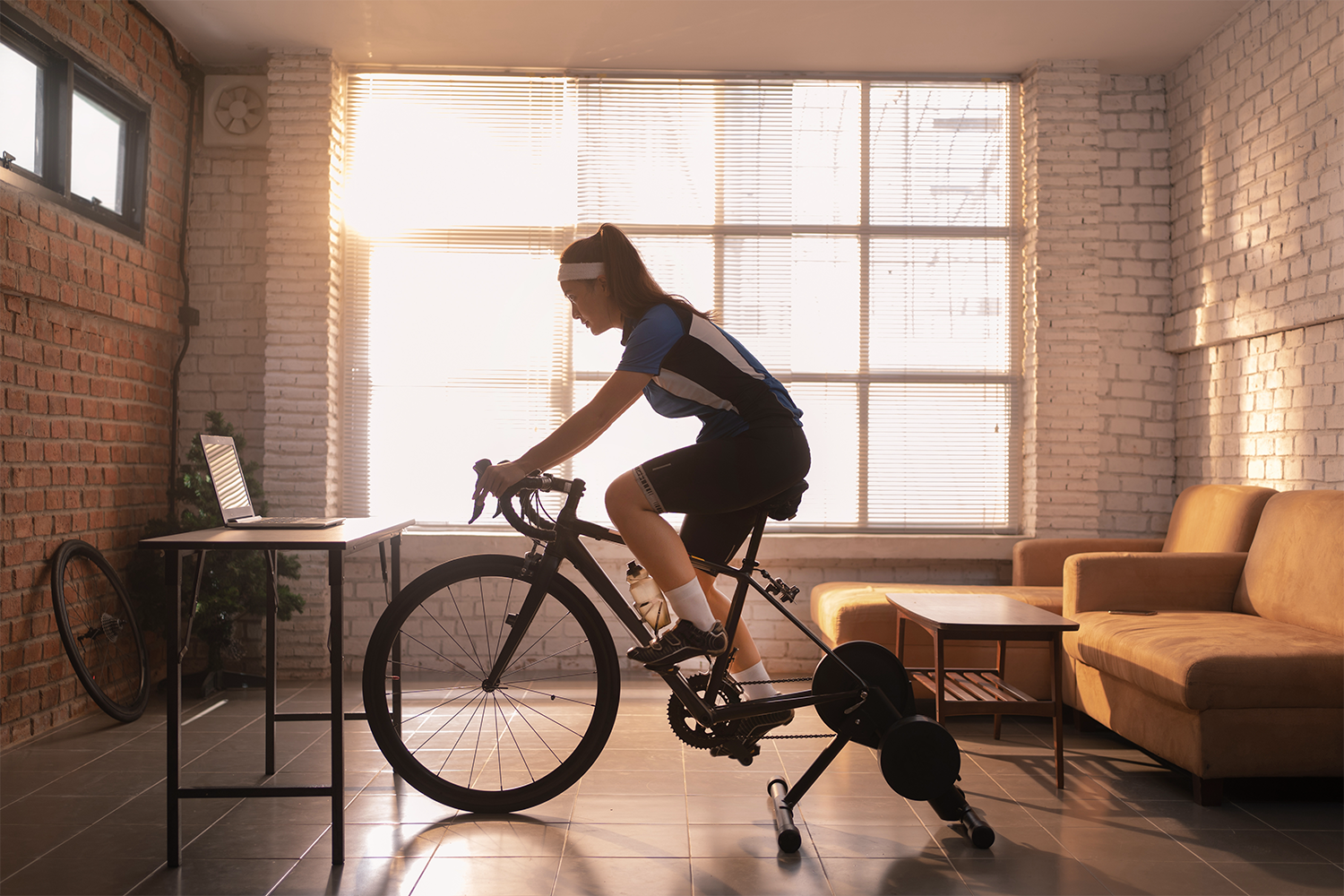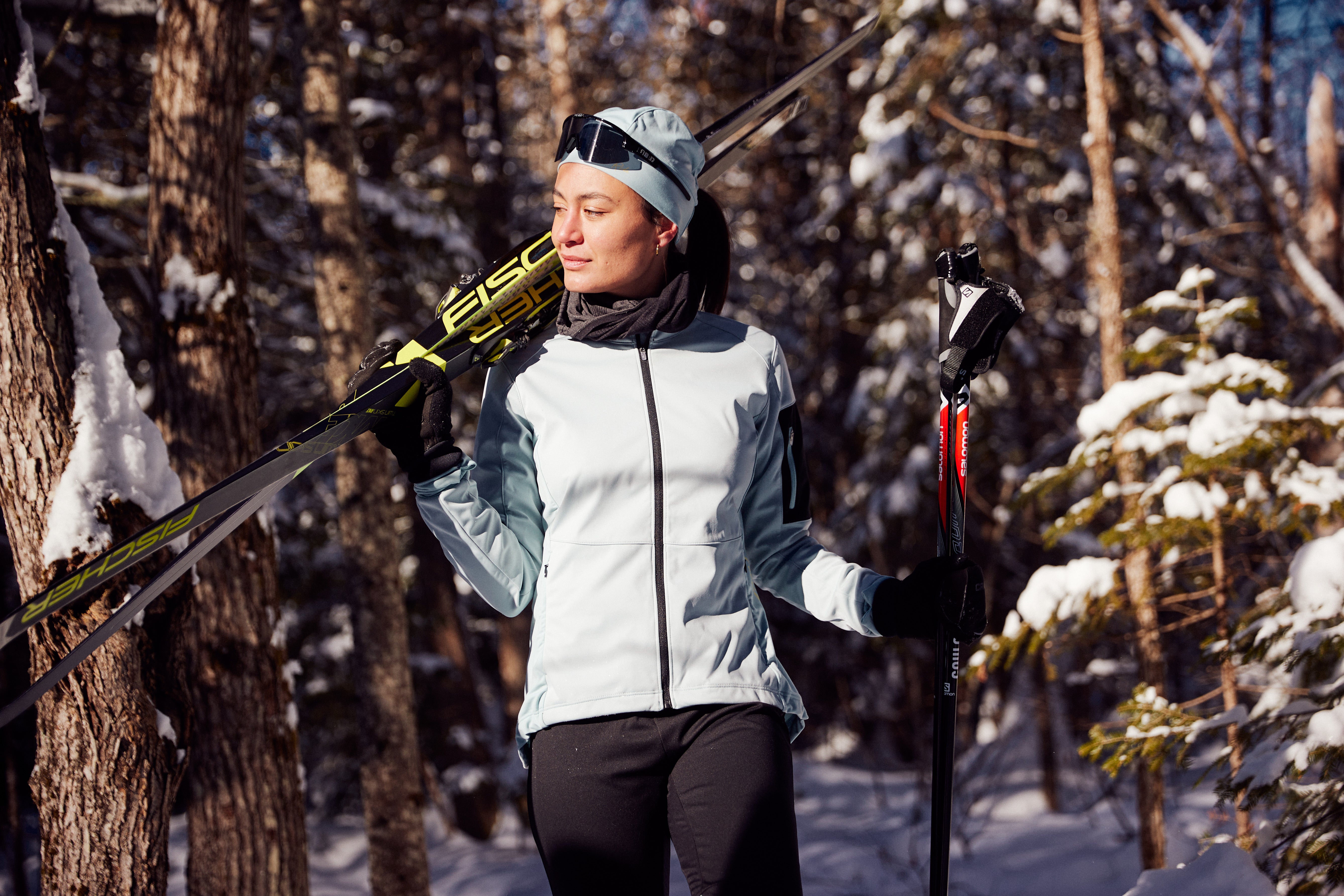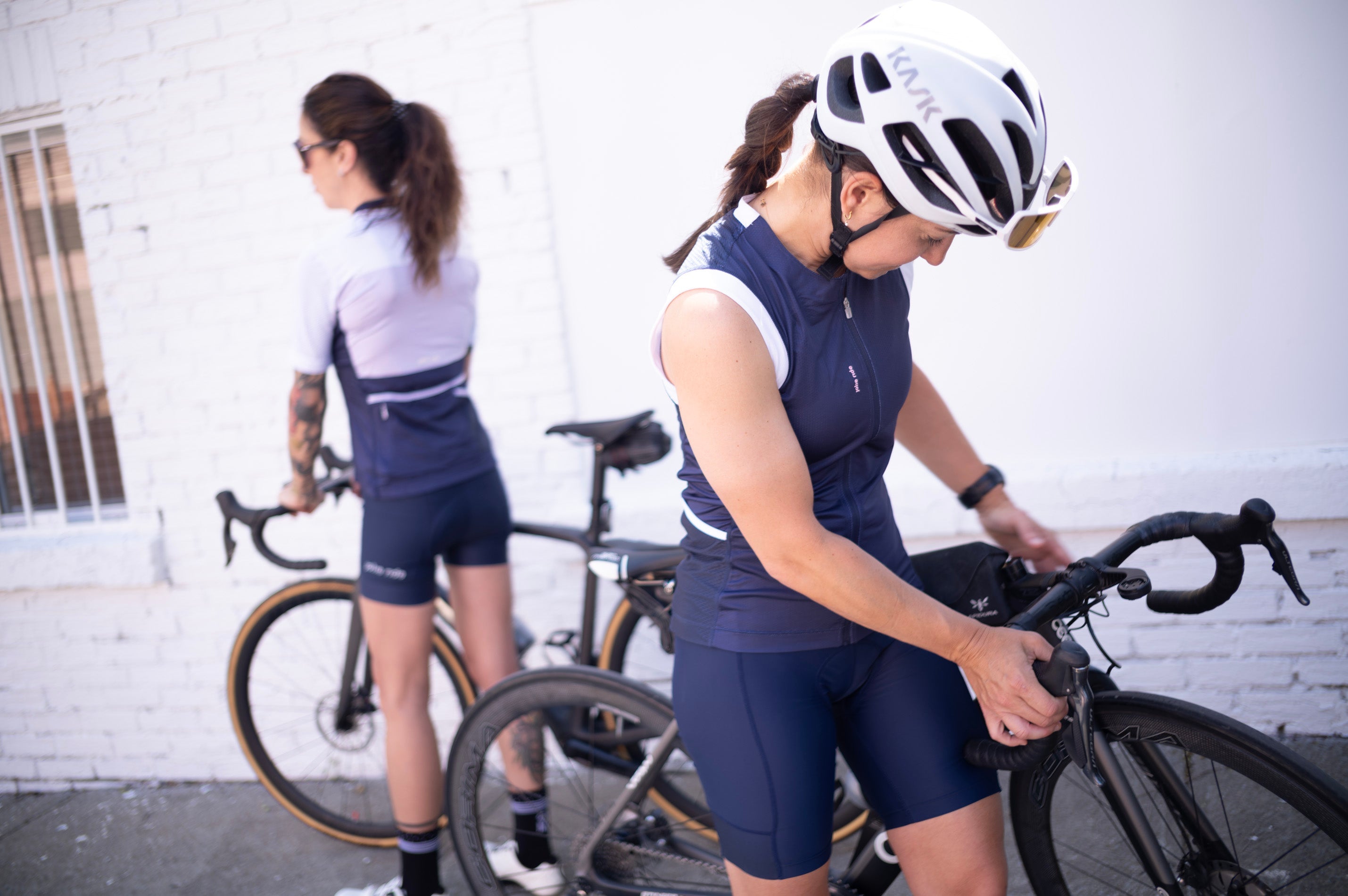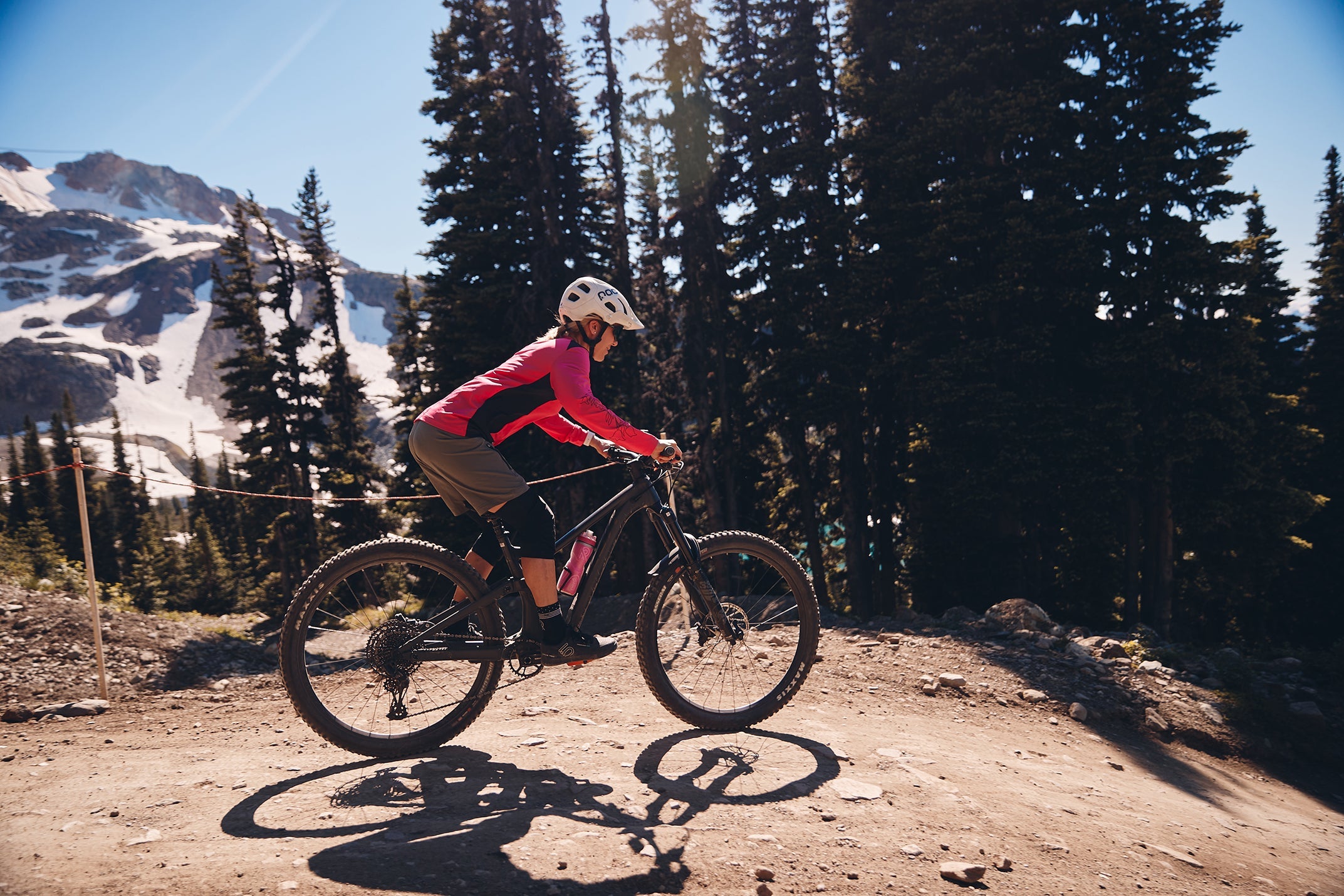Boosting Your Cycling Fitness in Winter: Strategies and Tips

Winter can pose a challenge to maintaining cycling fitness, but with the right approach, you can use this time to enhance your performance. Whether your goal is to tackle longer road distances, climb hills effortlessly, reduce soreness after long rides, or improve your agility on a mountain bike, focusing on your physical condition is key. Here’s how to stay cycling-fit in the colder months, along with some helpful tips.
Cardiovascular Strength: The Heart of Cycling Fitness
Cardiovascular fitness is crucial for cyclists. It's about improving your heart's efficiency in pumping blood and oxygen to the muscles, which boosts endurance and performance. The good news? Expensive equipment isn’t necessary. Engage in any heart-pumping activities like running, brisk walking, swimming, indoor cycling, or even winter sports like cross-country skiing.
Tip: Use a heart rate monitor during your cardio workouts to track your intensity levels and make adjustments as needed.
Interval Training: Maximizing Cardio Gains
Interval training can be a game-changer. Alternate between high-intensity bursts and rest periods. For example, after a 60-second intense phase, take a 1-2 minute break before going again. This method increases cardiovascular capacity and can be adjusted according to your fitness level.
Tip: Start with longer rest periods and gradually decrease them as your fitness improves.
Muscular Endurance and Strength: Beyond the Legs
Cycling demands more than just leg strength; it's a full-body endeavor. Focus on strengthening your entire body, including your torso, back, shoulders, arms, and neck. This holistic approach aids in long rides and supports a sustained riding posture.
Tip: Incorporate exercises like planks and yoga to improve core strength and flexibility, which are essential for cycling.
Implementing a Balanced Training Regime
If you're unsure about integrating cardiovascular and strength training, consider consulting a kinesiology expert. They can tailor a training plan to your individual needs, considering your health history and cycling objectives.
Tip: Keep a training log to monitor your progress and adjust your routine based on your improvements.
Additional Tips for Winter Cycling Fitness
Wear Proper Gear: Use cycling shorts for indoor training to simulate outdoor conditions. Keep a bidon (water bottle) close to maintain hydration.
Cross-Training: Engage in different types of workouts to prevent boredom and promote overall fitness.
Indoor Cycling Classes: Join spinning classes or online cycling communities for motivation and structured workouts.
Rest and Recovery: Ensure you have enough rest days in your routine to prevent overtraining.
Nutrition: Pay attention to your diet. A well-balanced diet supports recovery and energy levels.
Set Goals: Having specific goals for the winter season can keep you motivated and focused.
By following these strategies and tips, you can effectively maintain and even improve your cycling fitness throughout the winter. This preparation will pay off when you get back on the road or trails in the spring, ready to conquer new challenges. Happy training!



